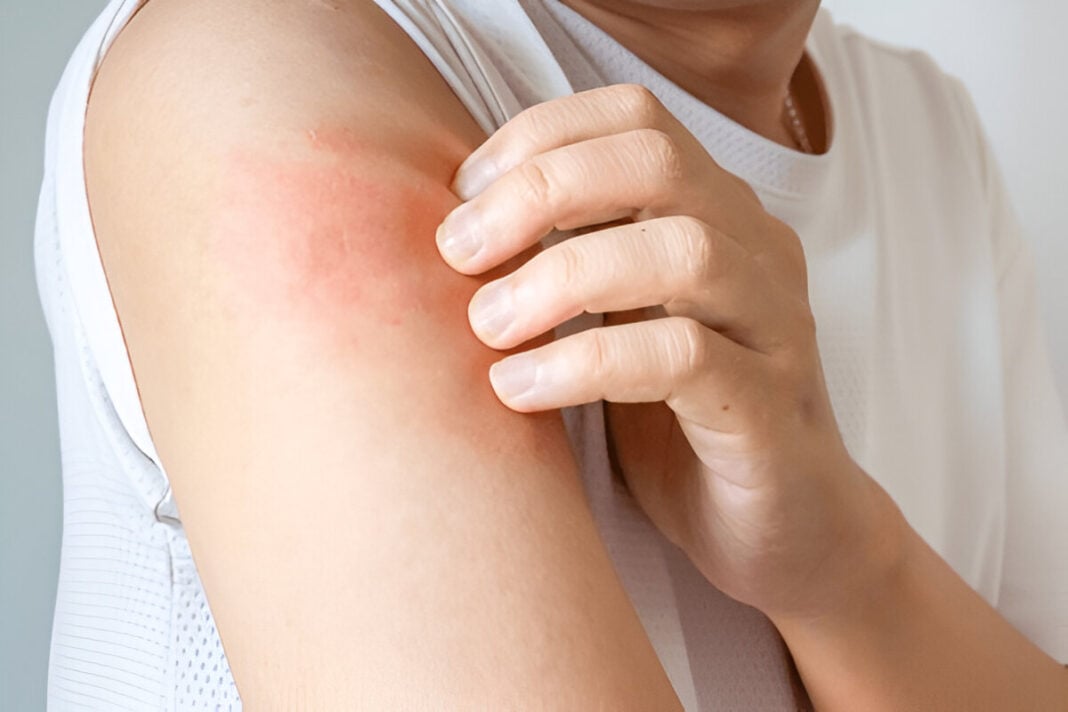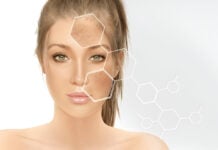When starting a new medication, most people glance at the side effects list and quickly move on. But sometimes, what seems like a harmless pill can trigger a skin reaction that ranges from mild to life-threatening. Drug-induced skin reactions (DISRs) are among the most common adverse effects of medications, and while many are minor, some require immediate medical attention.
Let’s take a closer look at what happens when the skin reacts to medication, how to tell the difference between a nuisance and an emergency, and what steps to take if you experience one.
The Skin as a Warning System
The skin is our largest organ and, in many ways, a visible window into what’s going on inside the body. When it comes to drug reactions, the skin often sends the first alert. These reactions can appear within hours or sometimes weeks after starting a new drug.
The most frequent culprits include antibiotics like penicillin, anticonvulsants, nonsteroidal anti-inflammatory drugs (NSAIDs), and chemotherapy agents (Halevy & Ghislain, 2023). However, virtually any medication can potentially cause a reaction.
Common Types of Drug-Induced Skin Reactions
Not all skin reactions are created equal. Here are some of the more common types:
- Morbilliform (Measles-like) Rash: This is the most frequent type, presenting as widespread red spots that may merge together. It typically appears a week or two after starting the drug and usually resolves once the medication is stopped.
- Urticaria (Hives): Raised, itchy welts that may come and go. This can be part of a mild allergic reaction, but it may also signal something more serious.
- Photosensitivity: Some drugs make the skin overly sensitive to sunlight, leading to sunburn-like reactions even after minimal sun exposure.
- Fixed Drug Eruption: Localized, round or oval red patches that recur in the same spot every time the drug is taken.
Though uncomfortable and sometimes alarming, these reactions often subside without complications when the offending medication is discontinued (Bigby, 2021).
When It’s More Than Just a Rash
While many drug-induced rashes are benign, some can escalate rapidly and become life-threatening. Severe cutaneous adverse reactions (SCARs) include the following:
- Stevens-Johnson Syndrome (SJS) and Toxic Epidermal Necrolysis (TEN): These are medical emergencies. Early symptoms mimic the flu, such as fever, sore throat, and fatigue, followed by painful blistering and peeling of the skin and mucous membranes. These conditions require hospitalization and can be fatal.
- Drug Reaction with Eosinophilia and Systemic Symptoms (DRESS): This rare but serious reaction involves rash, fever, swollen lymph nodes, and damage to internal organs such as the liver or kidneys. Symptoms may appear weeks after drug exposure and can linger long after the drug is stopped (Zhou et al., 2022).
These severe reactions can be triggered by drugs such as anticonvulsants (like carbamazepine), allopurinol, sulfa antibiotics, and some antiviral medications.
Listening to Your Body
It can be hard to tell when a rash is just a temporary annoyance or a signal of something serious. Here’s when you should seek medical attention:
- The rash is widespread, painful, or blistering.
- You experience facial swelling, trouble breathing, or dizziness, which are possible signs of anaphylaxis.
- The rash is accompanied by fever, swollen glands, or flu-like symptoms.
- The rash appears after taking a new medication or after a dosage increase.
Doctors may use skin biopsies, blood tests, or patch testing to diagnose and manage drug reactions. Importantly, they often rely on a detailed medication history, so it’s vital to report any new prescriptions, over-the-counter meds, or supplements.
What You Can Do
- Be proactive: Always inform your healthcare provider about any past drug allergies or reactions.
- Don’t self-medicate: Just because a drug worked for someone else does not mean it is safe for you.
- Take photos: If you develop a rash, take pictures over time to help your doctor track its progression.
- Avoid re-exposure: Once a drug reaction is identified, make sure it is documented in your medical records. You may also want to wear a medical alert bracelet.
Drug-induced skin reactions can be confusing and frightening, especially when they mimic common rashes or allergies. While many are mild and manageable, others are urgent medical emergencies that demand swift action. Understanding the signs and respecting the body’s signals can make all the difference. So, if your skin starts reacting after a new medication, do not ignore it. It might be more than just an itch.
References
- Bigby, M. (2021). Drug eruptions and reactions. UpToDate. https://www.uptodate.com
- Halevy, S., & Ghislain, P. D. (2023). Clinical spectrum and management of drug-induced skin reactions. Journal of the American Academy of Dermatology, 89(2), 233–248. https://doi.org/10.1016/j.jaad.2023.01.005
- Zhou, Y., Ma, L., & Wang, X. (2022). Drug-induced hypersensitivity syndrome: A review of current literature. Clinical Reviews in Allergy & Immunology, 63(3), 382–396. https://doi.org/10.1007/s12016-021-08870-2












